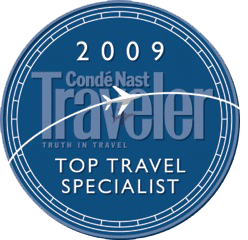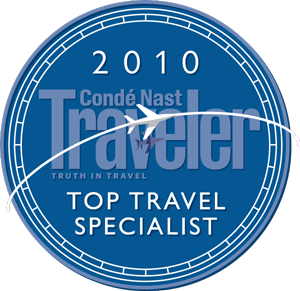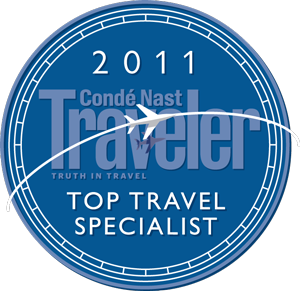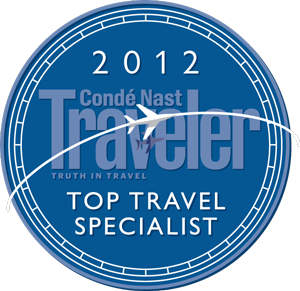In a bustling city like Naples, it can be difficult to find peace and quiet, especially in the city center. But the other day while strolling among the crowds of tourists and street vendors, I decided to duck into Santa Chiara, a church/monastery complex I had walked by a few times before. The few euro I had to pay for entry proved to be more than worth it. Upon entering the courtyard of this 14th century convent, a feeling of complete peace and serenity washed over me. I was taken back not only by the beauty of the courtyard (more formally known as the Cloister of Clarisses), but even more so by the peaceful, even euphoric feeling that made it easy to recognize this was a place of spiritual refuge.
Hiking in Italy
- Subscribe to this category
- Subscribe via RSS
- 7 posts in this category
 For years I have had a lovehate relationship with the city of Milano. In the past I have told clients, if you only have 9 days, thenk skip Milano and get right to the lakes, but now my sentiment has changed and that something happened with the preparation for The Worlds Fair of Food- Expo 2015- Feeding the planet which is now in full swing at the Milano Fair grounds -October 31, 2015 . The city has removed her dull dusty 1940's gray mask and has replaced it with new look, which is fresh, and reflective of her position as #1 ( move over Paris) in art and style. The city's new identity is encouraged by the numerous publications which have been flashing her new look under our nose. You can't read Savour, Architectural Digest, Departures , Travel + Leisure or Conde` Nast Traveler without seeing even a mention of something happening that is very Milanese.
For years I have had a lovehate relationship with the city of Milano. In the past I have told clients, if you only have 9 days, thenk skip Milano and get right to the lakes, but now my sentiment has changed and that something happened with the preparation for The Worlds Fair of Food- Expo 2015- Feeding the planet which is now in full swing at the Milano Fair grounds -October 31, 2015 . The city has removed her dull dusty 1940's gray mask and has replaced it with new look, which is fresh, and reflective of her position as #1 ( move over Paris) in art and style. The city's new identity is encouraged by the numerous publications which have been flashing her new look under our nose. You can't read Savour, Architectural Digest, Departures , Travel + Leisure or Conde` Nast Traveler without seeing even a mention of something happening that is very Milanese.
 Italy has been know to be a socially conservative country given it is the seat of the Catholic church, and is the ony country remaining in Europe that does not recognize same sex marriages or civil unions. With the church's anti - same sex relationship stance it is no surprise that any change to the current position regarding man-women, women- women, man-man would take great debate.
Italy has been know to be a socially conservative country given it is the seat of the Catholic church, and is the ony country remaining in Europe that does not recognize same sex marriages or civil unions. With the church's anti - same sex relationship stance it is no surprise that any change to the current position regarding man-women, women- women, man-man would take great debate.
The Tuscan mines that provided the marble for Michaelangelo’s David is at risk of being over mined, fueling dangerous levels of erosion. The mines located near the town of Carrara were the source of marble for Michaelangelo’s masterpiece, the David, his depiction of the Madonna and Child (Pietà), as well as other sculpted masterpieces in Italy’s rich artistic history.
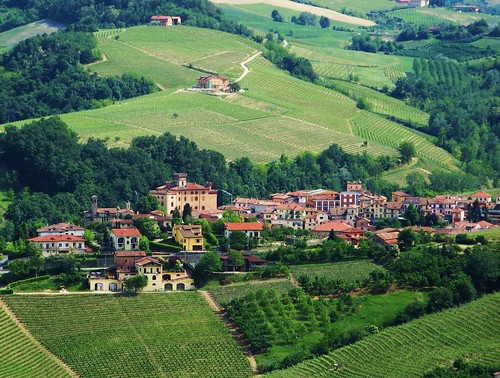
Image by Flickr user TorreBarolo
When I think of Piedmont, this is what I see. Rolling hills, covered with vineyards. Perfect for a stroll between wine tastings.
Many travelers love Piedmont for its food (and wine) due to the rich culture that gave rise to and has grown around the Slow Food movement, which is based in Bra, Piedmont. But Piedmont is also home rich Renaissance architectural landmarks, several of which have been inscribed in the UNESCO World Heritage list.
Sacri Monti
Shared with Lombardia, the Sacri Monti UNESCO World Heritage Site consists of nine historic sites throughout the two provinces that range in origin from 1486 to 1712.
When the expansion of Muslim territories made it more difficult for pilgrims to visit Jerusalem and Palestine in person to pray at the Catholic holy sights, the guardians of Jerusalem’s Church of the Holy Sepulchre sanctioned the creation of sacri monti (sacred mountains) to mirror the layout and shrines of the main holy places and offer alternative prayer and pilgrimage sites.
UNESCO included these sites as much for their beauty as their historical significance, as you can clearly see when visiting them. Located outside major cities, built into the side of mountains, and incorporating forests, streams, and lakes whenever possible, the sacri monti represent a type of architecture that unites natural and made made elements that spawnded many offshoots throughout Europe.
Residences of the Royal House of Savoy
Walking the streets of Torino, it’s easy to imagine that the stately, elegant town was developed with a cohesive town plan in mind. Interestingly, that plan revolved around connected the various regular, working, hunting, and leisure homes of the Savoy family more so than any main Renaissance or Baroque city-planning scheme.
When the Savoys first moved their capital to Torino, it was a relatively plain provincial village, so they had a clean urban slate to start from. Using the “command center,” which is what we think of today as the palace, as a nucleus, radiating roads were built outward, to connect to the river Po, where the Villa della Regina was built in the foothills and the Royal Theater and State Secretariat soon followed.
From command center to the nearby banks of the Po and to lodges further afield in wood areas, the palaces, villas, and lodges of the Savoys—naturally in the most scenic locations around the city—straight, tree-lined royal roads created a framework for the city to grow around.
As the Savoy kings were consistent and constant in their growth and reorganization of the city, UNESCO chose to include the site in its World Heritage list because it provides a comprehensive overview of European monarchical and monumental architecture from the 16th to 18th centuries.



